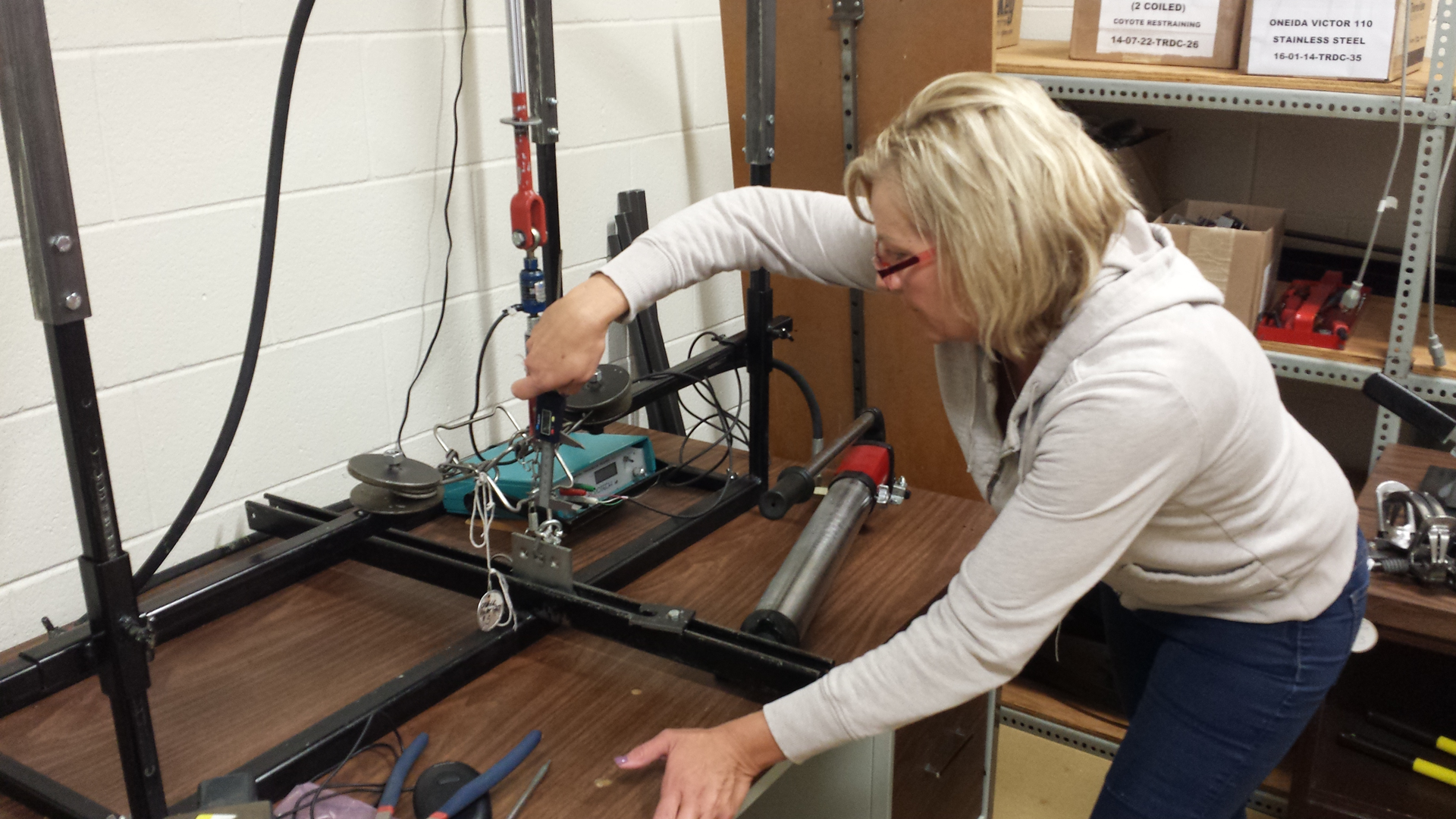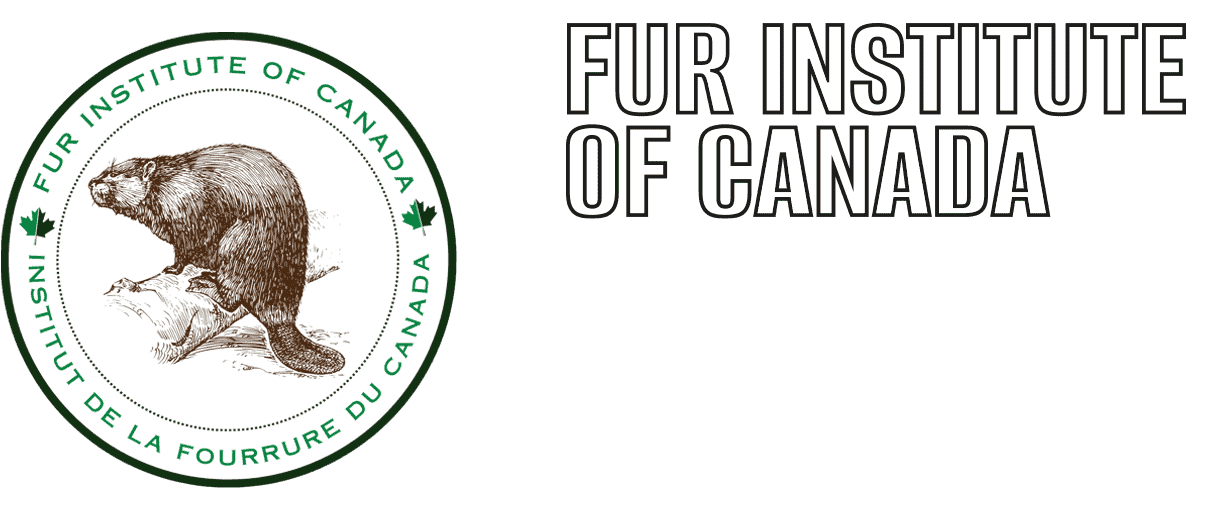Programs

Photo: InnoTech Alberta
The Fur Institute of Canada’s programs are developed, and project activities are delivered, by three operational committees: the Trap Research and Development Committee (TRDC), the Communications Committee, and the Sealing Committee. These are formed by, and report to, the Board of Directors.
TRAP RESEARCH AND DEVELOPMENT COMMITTEE
The FIC is the official trap-testing agency for the Government of Canada and all provincial/territorial governments. Through research, development, communication and education, the TRDC ensures that the best possible furbearer capture technologies are available to Canadian trappers. This program seeks the highest level of animal welfare that can be achieved through traditional knowledge and modern science. The trap research and testing program is conducted through InnoTech Alberta at our research centre in Vegreville. It adheres to the “Three Rs” (Refinement, Reduction, Replacement) of animal research, and is overseen by the Canadian Council on Animal Care.
The FIC is also responsible for coordinating implementation of the Agreement on International Humane Trapping Standards (AIHTS) within Canada, and is a Canadian representative on the AIHTS management committee.
COMMUNICATIONS COMMITTEE
The Communications Committee serves as the conduit for all relevant information directed to the FIC membership, the fur trade, other conservation and animal welfare organizations, the media, schools, federal, provincial and territorial governments, and the general public.
SEALING COMMITTEE
The Sealing Committee ensures that factual information on seals and sealing in Canada is made available from primary sources, on a timely basis, to the general public, media and legislators in Canada and around the world. The committee facilitates the Seals and Sealing Network (SSN), which brings together the latest information from international stakeholders, research, trade and communications.
